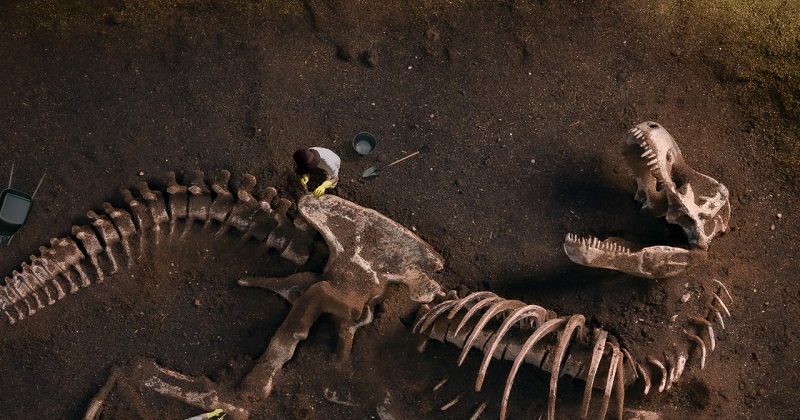
Recently, a fossilised lower jawbone from the Pyrenees mountain region in southern France was found, providing evidence of the presence of a new species of bear dog. Around 12 million years ago, these formidable carnivores inhabited the regions of France.
The jaws of bear dogs were so deadly that they could rip flesh from bones. The lower jawbone discovered by researchers highlights the widespread dominance of dogs across the world as well as the deadly nature of these predators. The regions of Asia, Southern Africa, North America, and Europe were reportedly home to bear dogs. The study was released in PeerJ.
Bastien Mennecart, a palaeontologist at the Natural History Museum of Basel, found the 8-inch-long specimen. He was the leader of an international team that discovered and analysed the ancient jawbone. The new species of the carnivore has been given the name Tartarocyon by the researchers in honour of a one-eyed huge beast from Basque folklore.
According to a Live Science report, the fossil belonged to a new species since it included a fourth lower premolar, which had never been discovered in any earlier specimens.
The newly discovered molar indicates the many methods by which it might assault its victim. Additionally, it helps scientists chart their evolutionary history and contrast it with that of other species in the same family. The discovery is expected to enhance the geographic spread of the bear dog family, known scientifically as the Amphicyonidae.
Since this is the first Amphicyonidae fossil discovered in the Pyrenees Mountain range, it raises the possibility that bear dogs were more extensively roamed throughout Europe than previously thought.

Post Your Comments